Seed Dispersal
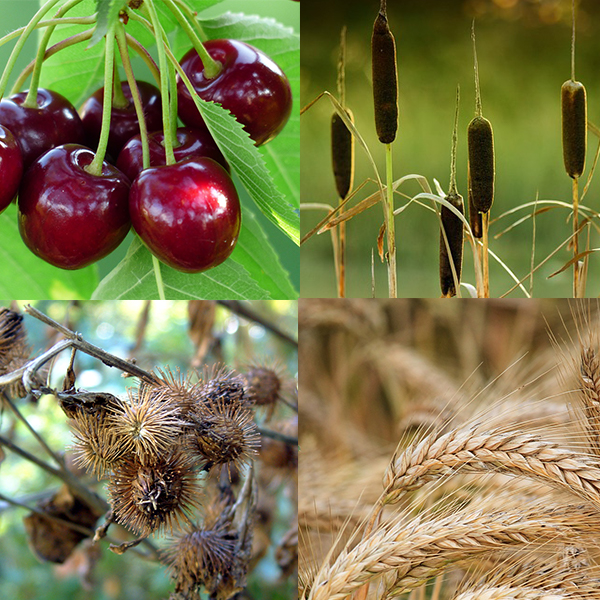
Assortment seed-producing plants (Marjorie Bertrand, Unsplash; Wiegots, Pixabay; Huw Williams, Wikimedia Commons; Hans Braxmeier, Pixabay; inspiredImages, Pixabay)
Students develop and apply the skills of observing, comparing, contrasting, sorting and classifying, to investigate how seeds move from place to place.
Overview
Students sort, classify and compare and contrast a variety of real seeds or pictures of seeds to explore the different ways that seeds are dispersed.
Timing
30-45 minutes
Setting the Stage
Do you like to pick dandelions and blow their fluffy seeds around? Have you ever found a burr attached to your clothing long after you were playing outside? Did you wonder where you picked it up and how far that seed has travelled?
This inquiry provides opportunities for students to use their observation skills to explore ways in which seeds are adapted to ensure that plants survive and multiply. By sorting, classifying, comparing and contrasting a variety of seeds, students will learn of the unwitting role humans and animals play in helping seeds to find new locations where they can meet their basic needs and produce their own seeds.
This inquiry could begin from:
- a burr that has attached itself to a student’s clothing after an outdoor learning experience. Discuss using questions such as:
- “How easy/hard was it for you to get the burr loose from your socks? Why do you think the burr was so firmly attached?”
- “Why might it be important for part of a plant, like this burr, to “hitchhike” with you or an animal to somewhere else?”
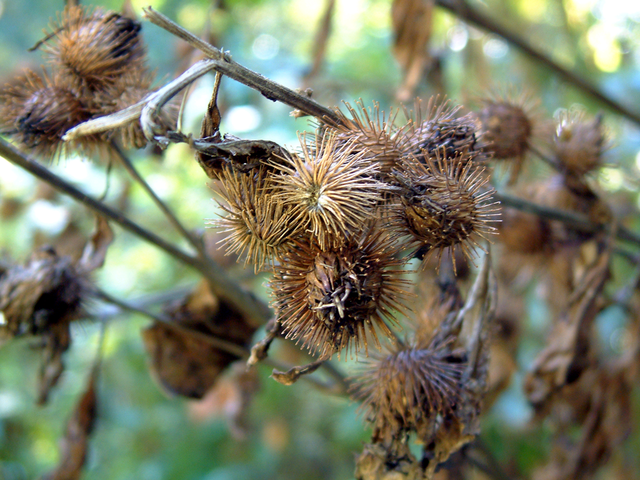
- eating fruit with seeds. Discuss using questions such as:
- “Some seeds are edible and others are not. What are some seeds that we can eat? Which of those seeds come from fruit? Why do we not eat some of the other fruit seeds?”
- “Why do you think that some fruits are sweet and juicy?”
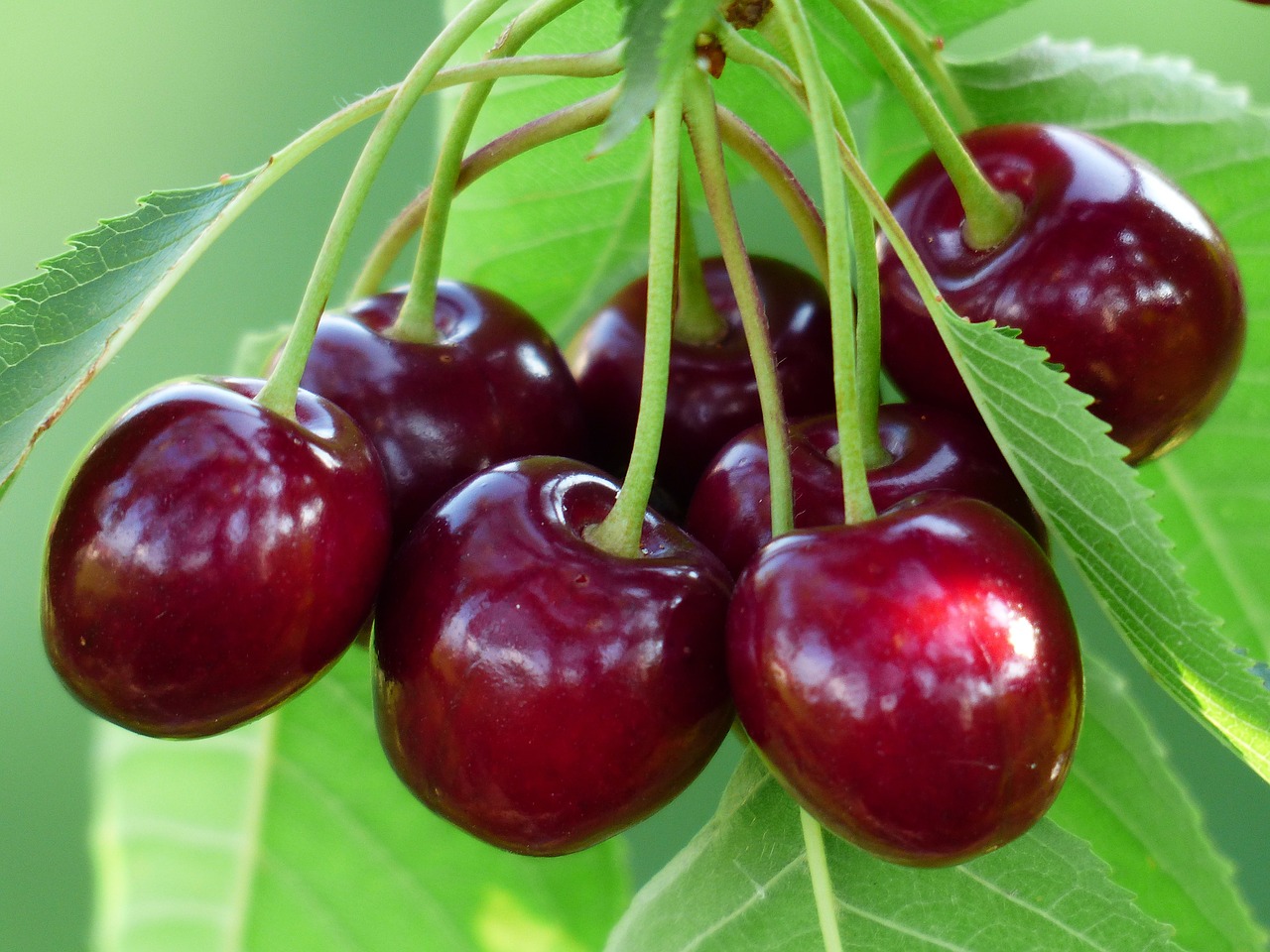
- Reading a book such as Who Will Plant a Tree? by Jerry Pallotta or A Fruit is a Suitcase for Seeds by Jean Richards. Discuss using questions such as:
- “What do all of the animals in the book have in common?”
- “What did you notice about the different seeds that the animals planted?”
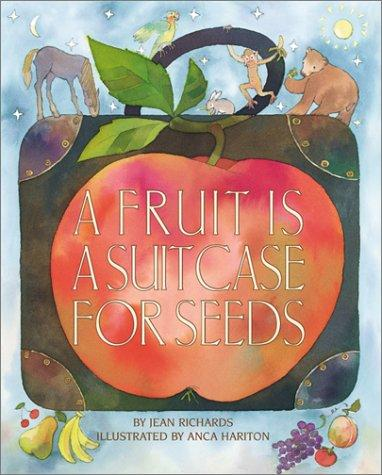
Details
- a collection of real seeds for sorting or pictures of seeds for sorting
- chart paper, a whiteboard, or hoops on the floor (labelled according to different ways that seeds move - wind, water, animals, and expulsion)
- If using real seeds, the selection should include examples that move in a variety of ways (by wind, water, animals or expulsion).
- Seeds moved by animals – fleshy fruits and grasses moved, eaten and defecated by animals (apples, blueberries, corn, pears, pumpkins, wheat, etc.), fruit and seeds with hooks or spines (Burdock seed, cactus, sweet cicely, etc.), tree nuts (acorns, chestnuts, pecans, etc.)
- Seeds moved by wind – cattail seeds, cotton, dandelion seeds, Hop seeds, maple keys, pine, samara, thistles, very small and lightweight seeds
- Seeds moved by water – coconuts, poplar catkins, sea beans, seeds that float, water lilies, willow catkins
- Seeds that move by expulsion – poppy, Touch-me-not (Jewelweed), wild iris, wisteria
Students use a Sorting Mat learning strategy to develop skills of Observing, Sorting & Classifying and Comparing & Contrasting to investigate how seeds move from place to place.
Students:
- Work in collaborative groups to explore, and observe real seeds or pictures of seeds (with the naked eye and using a hand lens), comparing and contrasting features of the seeds and sorting and classifying according to self-determined criteria.
- Record the results of their sorting on an organizer of their choice, using words, pictures or photographs, and explain their sorting rule.
- Educator facilitates the student exploration by asking questions such as “I notice that all of the seeds in this group have something about them that is the same. What can you tell me about why you put them together?”
- Use their observations to sort and classify the real seeds or pictures of seeds according to how they think the seeds would travel.
- “When we looked at these three with the hand lens we saw that they are all sort of prickly. So we think they all move from place to place by hitchhiking on our clothes or on animals.”

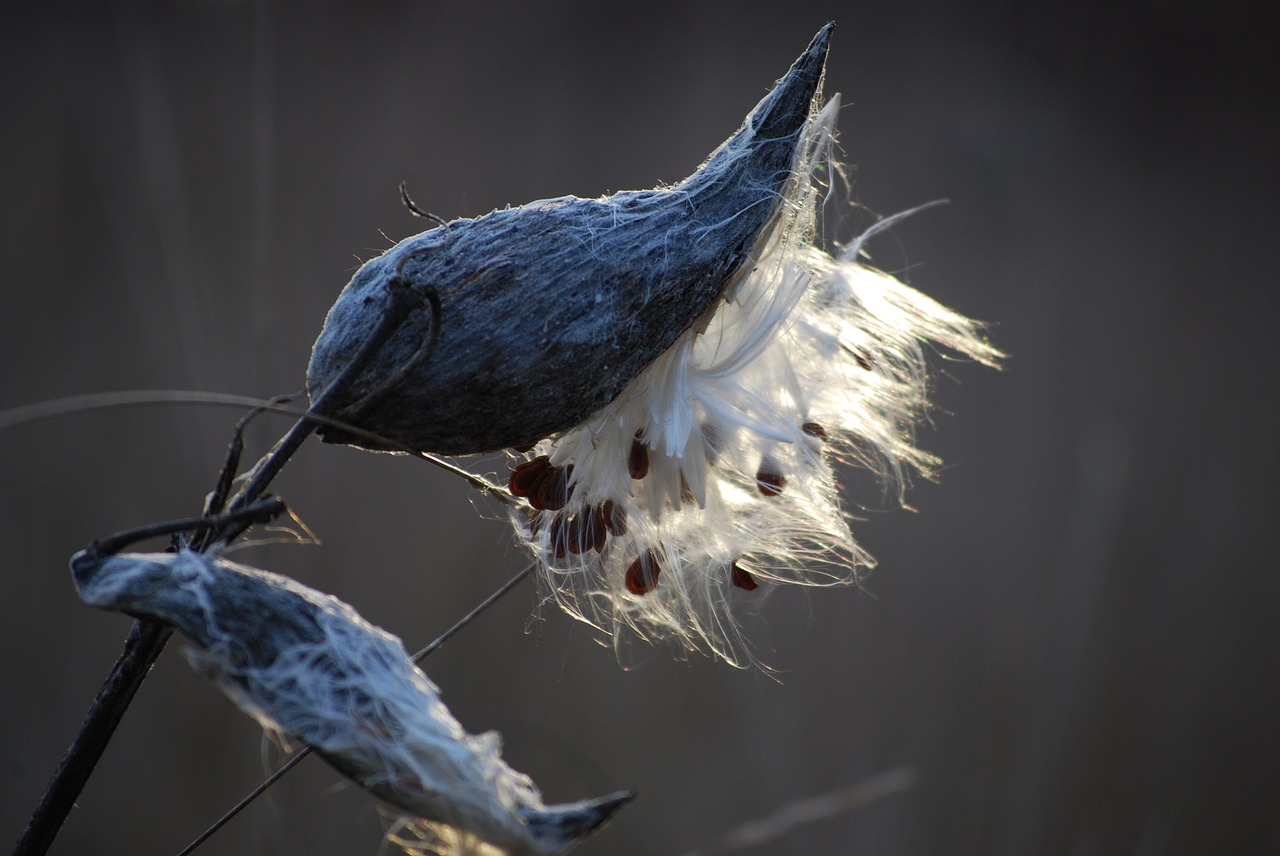
- Observe - students observe a variety of seeds with their naked eyes and using a hand lens, and note features of the seeds that are the same and different
- Compare & Contrast - students find similarities and differences in the physical features of seeds to help determine their most likely method of dispersal (e.g., “This seed is light and fluffy, but this one is heavy and smooth.”)
- Sort & Classify – students sort pictures according to self-determined (e.g., “These seeds are all small and light.”) and given criteria (e.g., “Find all of the seeds that have parts that help them fly.”) and describe the criteria
- Record – students record results of the seed classification using words or pictures with the aid of a graphic organizer.
- Communicate – students use descriptive language in discussions to explain/justify their classifications (e.g., “Because this seed has tiny hooks on the end of sharp spikes, it could stick to animal fur or clothing.”)
- Work Collaboratively - students work with others to complete a task (e.g., listen to the ideas and reasoning presented by other students about which seeds might be dispersed by water and why)
| Students: Saying, Doing, Representing |
Educator: Interactions: Responding, Challenging |
|---|---|
| Students observe the physical characteristics of different seeds |
|
| Sort and classify seeds in terms of how they move based on observation of the physical characteristics of the seeds |
|
| Students compare and contrast the different types of seeds |
|
| Students record the results of their classifying |
|
| Students use descriptive language to explain/justify their classifications and to discuss observed similarities and differences among the seeds |
|
| Students collaborate to complete a task |
|
Literacy
- Communicate ideas, opinions, and information in a clear, coherent manner (e.g., describe physical features and characteristics of seeds)
- Understand the criteria involved in successfully completing a task (e.g., identify ways in which their group worked well to sort and classify the seeds)
- Use text features (e.g., illustrations, symbols, photographs) to gain a better understanding of a topic (e.g., illustrations and photos in a nonfiction text help students find out more about how seeds are classified based on their physical characteristics)
Mathematical Thinking
- Compare quantities of objects and describe the objects using relative terms (e.g., “There are four types of seeds that float in our chart.” “The group that has seeds that are moved by expulsion has the fewest examples in our chart.”)
- Represent using pictures, diagrams, graphs, tables, numbers, words, and/or symbols (e.g., use a Venn diagram to compare and contrast seeds)
- Sort and classify objects by self-determined and given criteria, and by a single attribute and multiple attributes (e.g., sort and classify seeds according to predictions about how the seeds might travel)
If your students are interested in learning more, the following may provoke their curiosity:
- Students may wish to add to the collection of seeds, making similar observations about them and exploring other ways in which the seeds can be sorted.
- “In what way do you think conifer seeds are moved? Why do you think this?”
- “Which part of a conifer cone is the seed?”
- In addition to seed dispersal, how do plants ensure that they will survive as a species?
- “In what ways do humans help preserve plant species?”
- “Why do some plants need help from humans to make sure we have them for the future?”
- Discuss the difficulties of growing plants in extreme environments.
- “What would happen if a cactus seed tried to grow in the Arctic? Why do you think this?”
- “Why do seeds only germinate in specific conditions?”
- “Does this make it easier or harder for a plant to survive?”
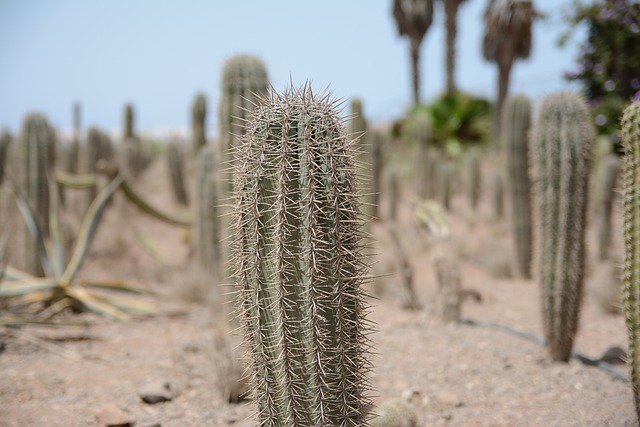

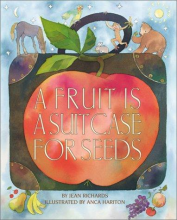
A Fruit is a Suitcase for Seeds
by Jean Richards
Learn how fruits are designed to protect a plant's seeds and help to spread a plant's seeds to new places.
ISBN: 9780822559917
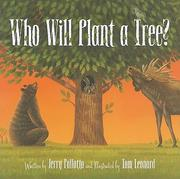
Who Will Plant a Tree?
by Jerry Pallotta
Learn how many different kinds of animals, from ants to dolphins, help plants disperse their seeds.
ISBN: 9781585365029
Plants: Seeds (Picture collection)
A collection of six images of seeds. Seeds are the fertilized part of a plant used for germinating new plants.
Design & Build a Travelling Seed (Lessons)
Students will work collaboratively to design and build models of seeds that can travel as far as possible.
Plant Reproduction (Backgrounder)
Learn about sexual and asexual reproduction in plants.
Design & Build a Seed Saver (Lessons)
Students will work collaboratively to design and build a structure that will protect a seed from the elements.
Design & Build a Seed Sorter (Lessons)
Students will work collaboratively to design and build a device that is able to sort seeds by size.
Tomatosphere™ (Projects)
In the Tomatosphere™ project students investigate the effects of outer space on the germination of tomato seeds. This is a hands-on program that builds scientific inquiry and experimentation skills.
Materials
- a collection of real seeds for sorting or pictures of seeds for sorting
- chart paper, a whiteboard, or hoops on the floor (labelled according to different ways that seeds move - wind, water, animals, and expulsion)
Preparation
- If using real seeds, the selection should include examples that move in a variety of ways (by wind, water, animals or expulsion).
- Seeds moved by animals – fleshy fruits and grasses moved, eaten and defecated by animals (apples, blueberries, corn, pears, pumpkins, wheat, etc.), fruit and seeds with hooks or spines (Burdock seed, cactus, sweet cicely, etc.), tree nuts (acorns, chestnuts, pecans, etc.)
- Seeds moved by wind – cattail seeds, cotton, dandelion seeds, Hop seeds, maple keys, pine, samara, thistles, very small and lightweight seeds
- Seeds moved by water – coconuts, poplar catkins, sea beans, seeds that float, water lilies, willow catkins
- Seeds that move by expulsion – poppy, Touch-me-not (Jewelweed), wild iris, wisteria
What to Do
Students use a Sorting Mat learning strategy to develop skills of Observing, Sorting & Classifying and Comparing & Contrasting to investigate how seeds move from place to place.
Students:
- Work in collaborative groups to explore, and observe real seeds or pictures of seeds (with the naked eye and using a hand lens), comparing and contrasting features of the seeds and sorting and classifying according to self-determined criteria.
- Record the results of their sorting on an organizer of their choice, using words, pictures or photographs, and explain their sorting rule.
- Educator facilitates the student exploration by asking questions such as “I notice that all of the seeds in this group have something about them that is the same. What can you tell me about why you put them together?”
- Use their observations to sort and classify the real seeds or pictures of seeds according to how they think the seeds would travel.
- “When we looked at these three with the hand lens we saw that they are all sort of prickly. So we think they all move from place to place by hitchhiking on our clothes or on animals.”


Assessment
- Observe - students observe a variety of seeds with their naked eyes and using a hand lens, and note features of the seeds that are the same and different
- Compare & Contrast - students find similarities and differences in the physical features of seeds to help determine their most likely method of dispersal (e.g., “This seed is light and fluffy, but this one is heavy and smooth.”)
- Sort & Classify – students sort pictures according to self-determined (e.g., “These seeds are all small and light.”) and given criteria (e.g., “Find all of the seeds that have parts that help them fly.”) and describe the criteria
- Record – students record results of the seed classification using words or pictures with the aid of a graphic organizer.
- Communicate – students use descriptive language in discussions to explain/justify their classifications (e.g., “Because this seed has tiny hooks on the end of sharp spikes, it could stick to animal fur or clothing.”)
- Work Collaboratively - students work with others to complete a task (e.g., listen to the ideas and reasoning presented by other students about which seeds might be dispersed by water and why)
Co-constructed Learning
| Students: Saying, Doing, Representing |
Educator: Interactions: Responding, Challenging |
|---|---|
| Students observe the physical characteristics of different seeds |
|
| Sort and classify seeds in terms of how they move based on observation of the physical characteristics of the seeds |
|
| Students compare and contrast the different types of seeds |
|
| Students record the results of their classifying |
|
| Students use descriptive language to explain/justify their classifications and to discuss observed similarities and differences among the seeds |
|
| Students collaborate to complete a task |
|
Cross-curricular Connections
Literacy
- Communicate ideas, opinions, and information in a clear, coherent manner (e.g., describe physical features and characteristics of seeds)
- Understand the criteria involved in successfully completing a task (e.g., identify ways in which their group worked well to sort and classify the seeds)
- Use text features (e.g., illustrations, symbols, photographs) to gain a better understanding of a topic (e.g., illustrations and photos in a nonfiction text help students find out more about how seeds are classified based on their physical characteristics)
Mathematical Thinking
- Compare quantities of objects and describe the objects using relative terms (e.g., “There are four types of seeds that float in our chart.” “The group that has seeds that are moved by expulsion has the fewest examples in our chart.”)
- Represent using pictures, diagrams, graphs, tables, numbers, words, and/or symbols (e.g., use a Venn diagram to compare and contrast seeds)
- Sort and classify objects by self-determined and given criteria, and by a single attribute and multiple attributes (e.g., sort and classify seeds according to predictions about how the seeds might travel)
Extending the Learning
If your students are interested in learning more, the following may provoke their curiosity:
- Students may wish to add to the collection of seeds, making similar observations about them and exploring other ways in which the seeds can be sorted.
- “In what way do you think conifer seeds are moved? Why do you think this?”
- “Which part of a conifer cone is the seed?”
- In addition to seed dispersal, how do plants ensure that they will survive as a species?
- “In what ways do humans help preserve plant species?”
- “Why do some plants need help from humans to make sure we have them for the future?”
- Discuss the difficulties of growing plants in extreme environments.
- “What would happen if a cactus seed tried to grow in the Arctic? Why do you think this?”
- “Why do seeds only germinate in specific conditions?”
- “Does this make it easier or harder for a plant to survive?”


Supporting Media

A Fruit is a Suitcase for Seeds
by Jean Richards
Learn how fruits are designed to protect a plant's seeds and help to spread a plant's seeds to new places.
ISBN: 9780822559917

Who Will Plant a Tree?
by Jerry Pallotta
Learn how many different kinds of animals, from ants to dolphins, help plants disperse their seeds.
ISBN: 9781585365029
Plants: Seeds (Picture collection)
A collection of six images of seeds. Seeds are the fertilized part of a plant used for germinating new plants.
Learn More
Design & Build a Travelling Seed (Lessons)
Students will work collaboratively to design and build models of seeds that can travel as far as possible.
Plant Reproduction (Backgrounder)
Learn about sexual and asexual reproduction in plants.
Design & Build a Seed Saver (Lessons)
Students will work collaboratively to design and build a structure that will protect a seed from the elements.
Design & Build a Seed Sorter (Lessons)
Students will work collaboratively to design and build a device that is able to sort seeds by size.
Tomatosphere™ (Projects)
In the Tomatosphere™ project students investigate the effects of outer space on the germination of tomato seeds. This is a hands-on program that builds scientific inquiry and experimentation skills.
